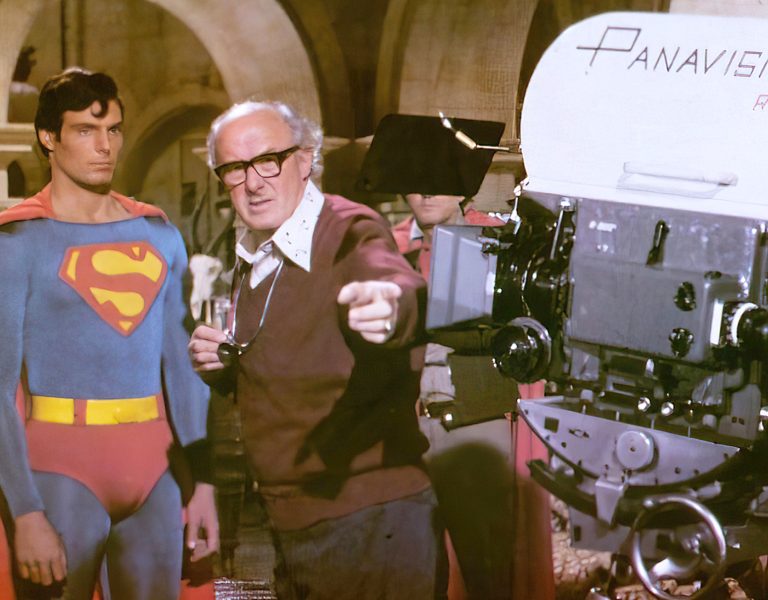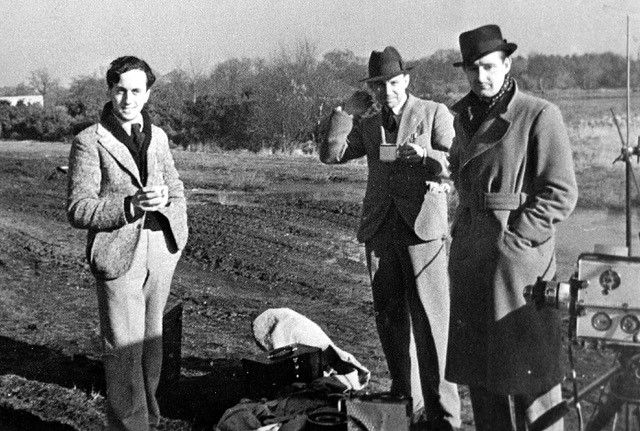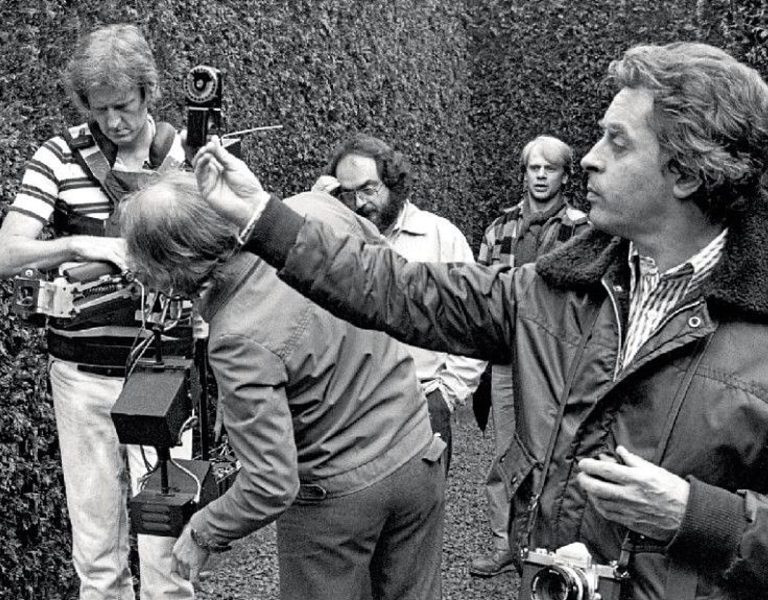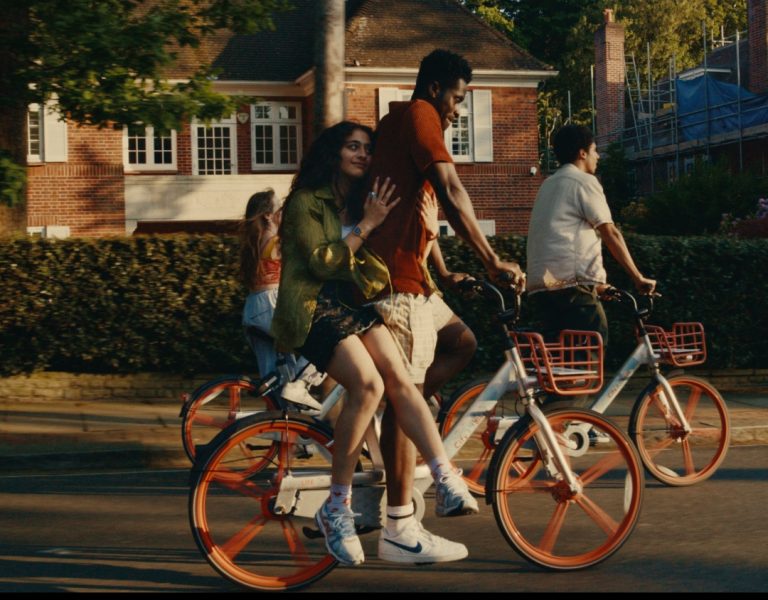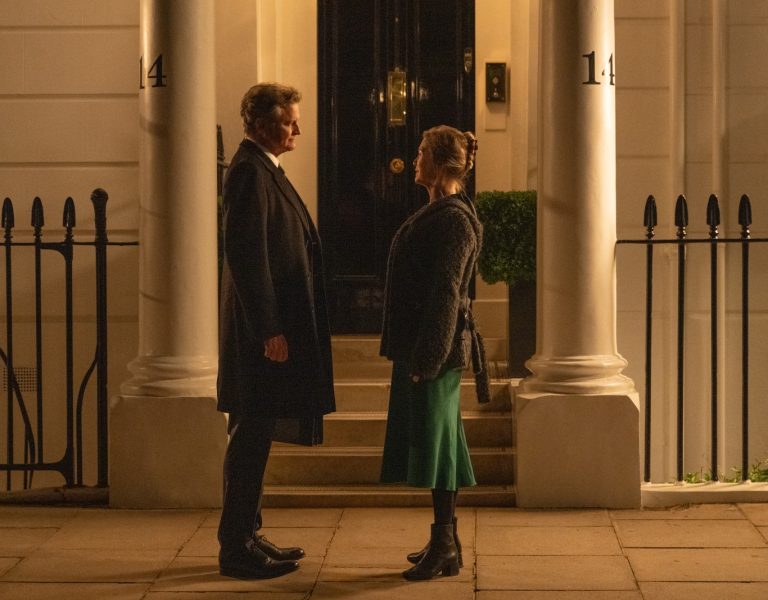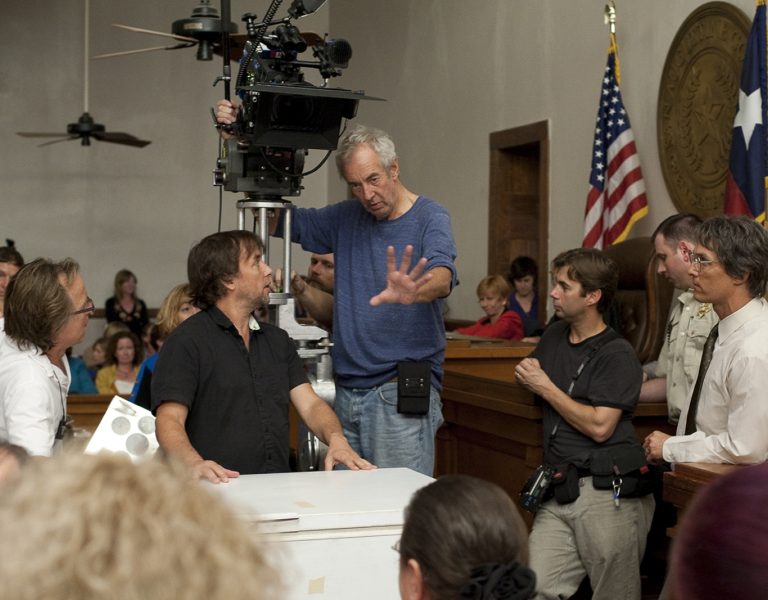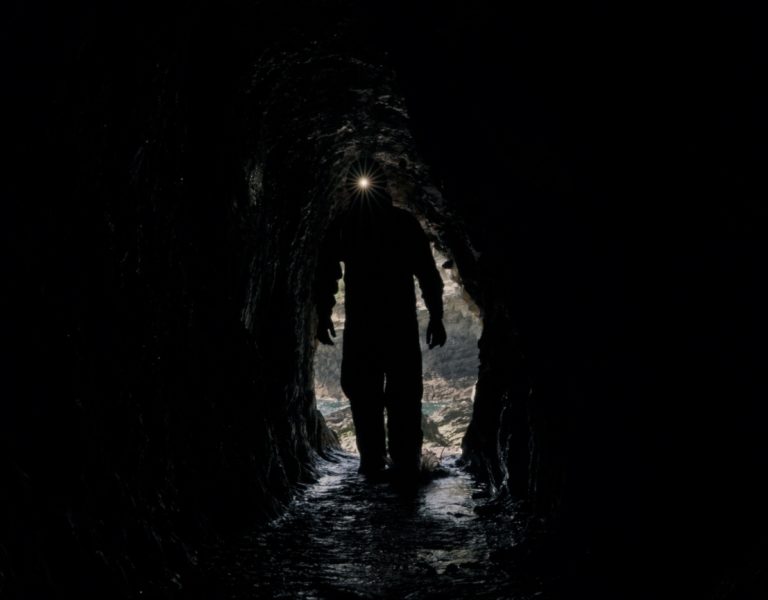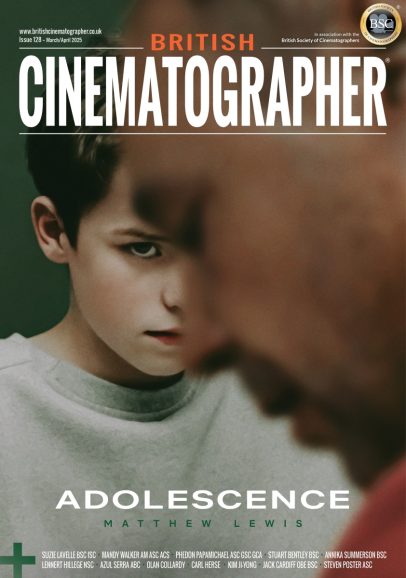PAINTING WITH LIGHT
Jack Cardiff OBE BSC was a founding member of the BSC, a master of the three-strip Technicolor process, and known for cinematographic successes such as The Red Shoes and Black Narcissus.
Born in 1914, Jack Cardiff OBE BSC was the son of musical hall performers and started acting at age four. When his stage career stalled, he worked as a runner at Elstree Studios on 1928 silent film The Informer, directed by Arthur Robison and photographed by Werner Brandes and Theodor Sparkuhl. He knew nothing about photography, cameras or lenses but wanted to be in the camera department “because camera people went on location abroad”.
Starting as a number boy, it didn’t take long for Cardiff to climb the ladder and become camera operator for director René Clair on The Ghost Goes West (1935 ph. Harold Rosson).
After success in Hollywood with Becky Sharp (1936 d. Rouben Mamoulian, ph. Ray Rennahan ASC), Technicolor planned to open a facility in Britain and interviewed prospective camera crew to work as technicians. Due to the complex process, their cameras were only rented out with Technicolor-trained crew. Cardiff admitted he knew nothing about the mathematics of light but when asked what made him a good cameraman, he replied: “My love of painting and the old masters”. Inevitably he got the job.
His first assignment as camera operator was filming the coronation of George VI in 1937, followed closely by the first three-strip Technicolor feature shot in England, Wings of the Morning, starring a young Henry Fonda, directed by Harold Schuster, and photographed by Technicolor’s ace cinematographer Ray Rennahan.
Over the next few years, Cardiff worked on many short films for Technicolor and got his wish to travel the world working on travelogues. When war broke out in 1939, Cardiff returned to England and continued making these shorts in the UK. His knowledge and experience of shooting exteriors with Technicolor led to his first assignment as a cinematographer on feature length wartime documentary, Western Approaches (1944), directed by Pat Jackson and made under the auspices of the Crown Film Unit.
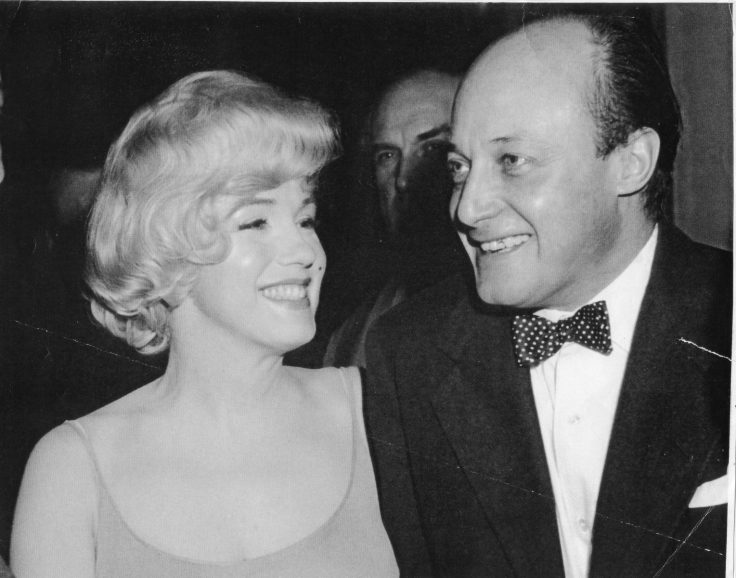
As employees of Technicolor, trained crews were often asked to shoot inserts or additional photography on Technicolor features. One day Cardiff found himself lighting a wall of stuffed animal heads for Michael Powell’s The Life and Death of Colonel Blimp (1943). Cardiff said, “I spent more time than usual setting the lights without casting multiple shadows, then while looking through the camera I heard a voice say, ‘Interesting,’ and there was Michael Powell. He turned slowly toward me and said, ‘Would you like to photograph my next picture?’”
The picture was A Matter of Life and Death (1946) and Cardiff began a three-film run as cinematographer with Powell and Emeric Pressburger, winning his first Oscar for Black Narcissus (1947) followed by The Red Shoes (1948) whose 18-minute dance sequence was once described by Martin Scorsese as “a moving painting”. Cardiff often said if he hadn’t been a DP, he would have been a painter.
As well as being a founding member of the BSC, Cardiff pushed the envelope of the Technicolor process, often against the wishes of Technicolor itself, but to his credit, his ground-breaking efforts were respected and acknowledged in the feature world, making him one of the most celebrated international cinematographers. Among his other work was the quintessentially British film, Scott of the Antarctic (1948), directed by Charles Frend. ‘Antarctica’ was shot mostly on set at Ealing Film Studios with second units (Geoffrey Unsworth OBE BSC, Osmond Borradaile BSC) providing the location footage.
During the filming of The Master of Ballantrae (1953, d. William Keighley) Cardiff made friends with Errol Flynn, who asked him to direct The Story of William Tell (1953). However, after several weeks of shooting, the production ran aground due to lack of funds and Cardiff found himself in Rome and broke. But help was at hand when Joe Mankiewicz, who had graduated from scriptwriter to director, arrived at his restaurant one night and asked him to shoot The Barefoot Contessa (1954) with Ava Gardner and Humphrey Bogart. Three years later, Cardiff photographed The Prince and the Showgirl, starring Laurence Olivier and Marilyn Monroe.
In the 1960s, Cardiff made a prolonged foray into directing. One of his early films was The Scent of Mystery (1960 ph. John von Kotz). Made for that quintessential showman Mike Todd, it was the first film to be presented in Smell-O-Vision. More successful was Cardiff’s version of D. H. Lawrence’s Sons and Lovers (1960), with Dean Stockwell, Mary Ure and Wendy Hiller. The film won a number of critics’ awards and was nominated for seven Oscars, winning only one for Freddie Francis BSC’s black-and-white, CinemaScope photography.
In the 1970s and 1980s, Cardiff returned to work as director of photography with films such as Ride the Wild Pony (1976 d. Don Chaffey), Death on the Nile (1978 d. John Guillerman), The Awakening (1980 d. Mike Newell), The Dogs of War (1980 d. John Irvin), Rambo: First Blood Part II (1985 d. George Cosmatos) and Tai Pan (1986 d. Daryl Duke).
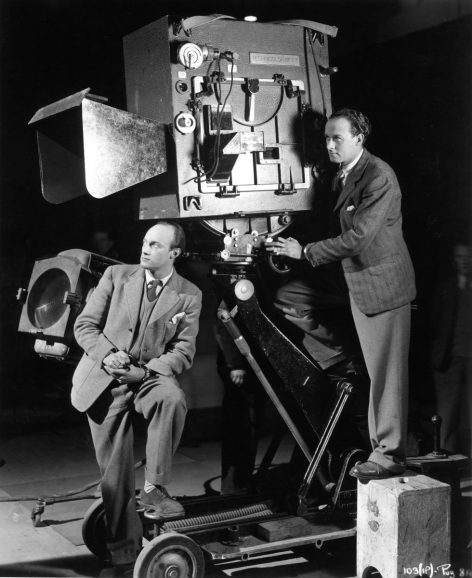
Other credits:
The Black Rose, Pandora and the Flying Dutchman, The Magic Box, It Started in Paradise, The Brave One, Legend of the Lost, The Viking, The Girl on a Motorcycle, Avalanche Express, Wicked Lady, The Awakening, Conan the Destroyer.
Selected awards:
Oscar and Golden Globe: Black Narcissus (1948 d. Michael Powell & Emeric Pressburger
Oscar nomination and BSC Best Cinematography: War and Peace (1956 d. King Vidor)
Oscar nomination: Fanny (1961 d. Joshua Logan)
BAFTA nomination: Far Pavilions (1985 d. Peter Duffell)
BSC Lifetime Achievement 1994
ASC International Award 1994
Awards as director:
Oscar nomination and Golden Globe: Sons and Lovers (1961)
London Film Critics Lifetime Achievement 1997
Honorary Oscar 2001 Academy of Motion Picture and Sciences
BFI Fellowship 2002
This piece was adapted from the book, Preserving the Vision, Compiled and edited by Phil Méheux BSC and James Friend ASC BSC.

